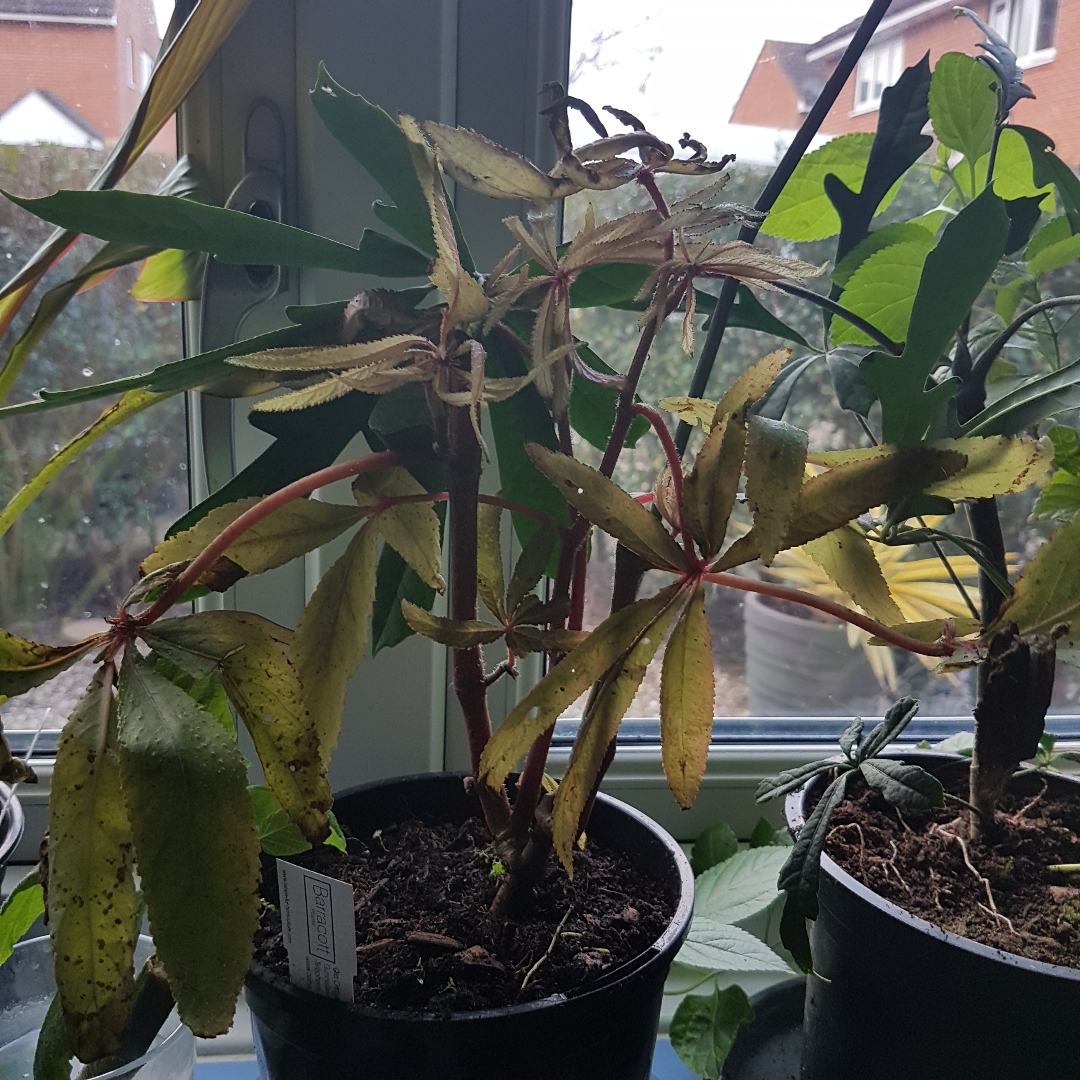
Begonia luxurians
Palm Leaf Begonia
Begonia luxurians is an upright, frost-tender, evergreen perennial reaching heights up to 2.5m. The large palmate leaves, held on red-purple cane-like stems, are divided into lance-shaped, hairy leaflets. Pale yellow to white, fragrant flowers are borne in clusters above the leaves from spring into summer
Contributed by @vec
-
Partial shade
-
Very little water
-
Not Frost hardy
-
Moist and free draining
Common name
Palm Leaf Begonia
Latin name
Begonia luxurians
type
Tender perennial
family
Begoniaceae
ph
6.5 - 7.0 Acid - Neutral
Plant & bloom calendar
-
Best time to plant
full grown dimensions
 0.60 M
2.00 M
0.60 M
2.00 M
Begonia luxurians
Begonia luxurians is an upright, frost-tender, evergreen perennial reaching heights up to 2.5m. The large palmate leaves, held on red-purple cane-like stems, are divided into lance-shaped, hairy leaflets. Pale yellow to white, fragrant flowers are borne in clusters above the leaves from spring into summer
Planting
From Early Spring TO Early Spring
All begonias do best in neutral soils or compost and most prefer to be sited in partial shade. When first planting young plants, it is worth removing any early flower buds as this will allow the plant to reach its full size as quickly as possible. When growing begonias as house or conervatory plants, they do best at 13C or more although most will tolerate a winter temperature of 10C. In summer, protect the plants from full sun by siting them where they will receive maximum indirect sunlight.
Propagation by cuttings
From Early Spring TO Early Summer
To propagate, take stem cuttings in spring or summer, ensuring that there are growth buds in the axils of the lower leaves. Root in a mixture of half soilless compost and half course sand and keep at a temperature of 18C.















